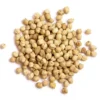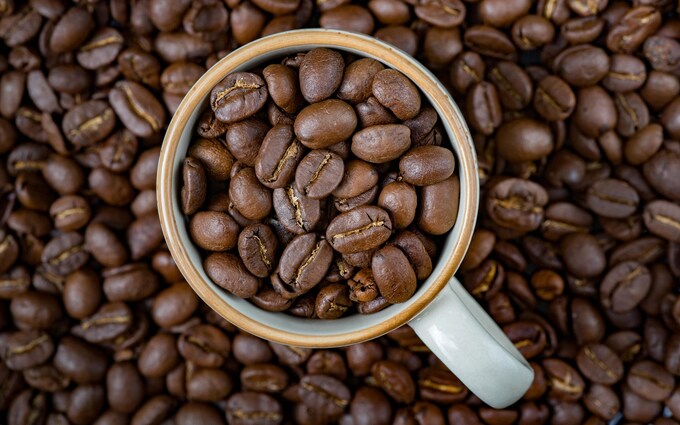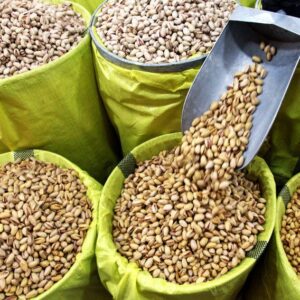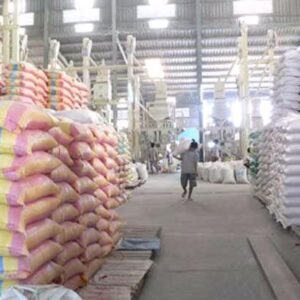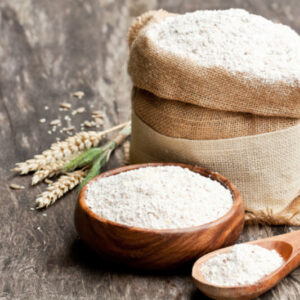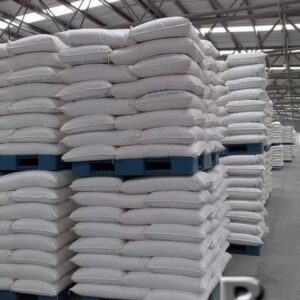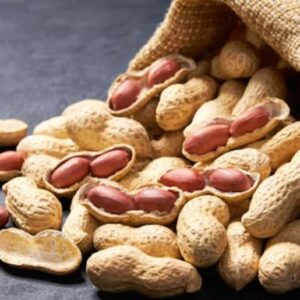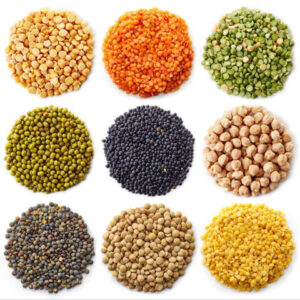Coffee is a beverage prepared from roasted coffee beans. Darkly colored, bitter, and slightly acidic, coffee has a stimulating effect on humans, primarily due to its caffeine content. It has the highest sales in the world market for hot drinks
The seeds of the Coffea plant’s fruits are separated to produce unroasted green coffee beans. The beans are roasted and then ground into fine particles that are typically steeped in hot water before being filtered out, producing a cup of coffee. It is usually served hot, although chilled or iced coffee is common. It can be prepared and presented in a variety of ways (e.g., espresso, French press, caffè latte, or already-brewed canned coffee). Sugar, sugar substitutes, milk, and cream are often added to mask the bitter taste or enhance the flavor.
Though coffee is now a global commodity, it has a long history tied closely to food traditions around the Red Sea. Even though the origin of coffee drinking is obscure there is credible evidence of coffee drinking in the form of the modern beverage and it appears in modern-day Yemen from the mid-15th century in Sufi shrines, where seeds were probably first roasted and brewed in a manner similar to current methods. The Yemenis procured the coffee-beans from the Ethiopian Highlands and began cultivation. By the 16th century, the drink had reached the rest of the Middle East and North Africa, later spreading to Europe. In the 20th century, it became a global commodity, creating different coffee cultures around the world.
The two most commonly grown coffee bean types are C. arabica and C. robusta. It plants are cultivated in over 70 countries, primarily in the equatorial regions of the Americas, Southeast Asia, the Indian subcontinent, and Africa. As of 2018, Brazil was the leading grower of coffee beans, producing 35% of the world’s total. Green, unroasted coffee is traded as an agricultural commodity. Despite sales of it reaching billions of dollars worldwide, farmers producing coffee beans disproportionately live in poverty. Critics of the coffee industry have also pointed to its negative impact on the environment and the clearing of land for coffee-growing and water use.
Several species of shrub of the genus Coffea produce the berries from which coffee is extracted. The two main species commercially cultivated are Coffea canephora (predominantly a form known as ‘robusta’) and C. arabica. C. arabica, the most highly regarded species, is native to the southwestern highlands of Ethiopia and the Boma Plateau in southeastern Sudan and Mount Marsabit in northern Kenya. C. canephora is native to western and central Subsaharan Africa, from Guinea to Uganda and southern Sudan. Less popular species are C. liberica, C. stenophylla, C. mauritiana, and C. racemosa.
The plants are classified in the large family Rubiaceae. They are evergreen shrubs or trees that may grow 5 m (15 ft) tall when unpruned. The leaves are dark green and glossy, usually 10–15 cm (4–6 in) long and 6 cm (2.4 in) wide, simple, entire, and opposite. Petioles of opposite leaves fuse at the base to form interpetiolar stipules, characteristic of Rubiaceae. The flowers are axillary, and clusters of fragrant white flowers bloom simultaneously. Gynoecium consists of an inferior ovary, also characteristic of Rubiaceae. The flowers are followed by oval berries of about 1.5 cm (0.6 in). When immature, they are green, and they ripen to yellow, then crimson, before turning black on drying. Each berry usually contains two seeds, but 5–10% of the berries have only one; these are called peaberries. Arabica berries ripen in six to eight months, while robusta takes nine to eleven months.
Coffea arabica is predominantly self-pollinating, and as a result, the seedlings are generally uniform and vary little from their parents. In contrast, Coffea canephora, and C. liberica are self-incompatible and require outcrossing. This means that useful forms and hybrids must be propagated vegetatively. Cuttings, grafting, and budding are the usual methods of vegetative propagation. On the other hand, there is great scope for experimentation in search of potential new strains.


